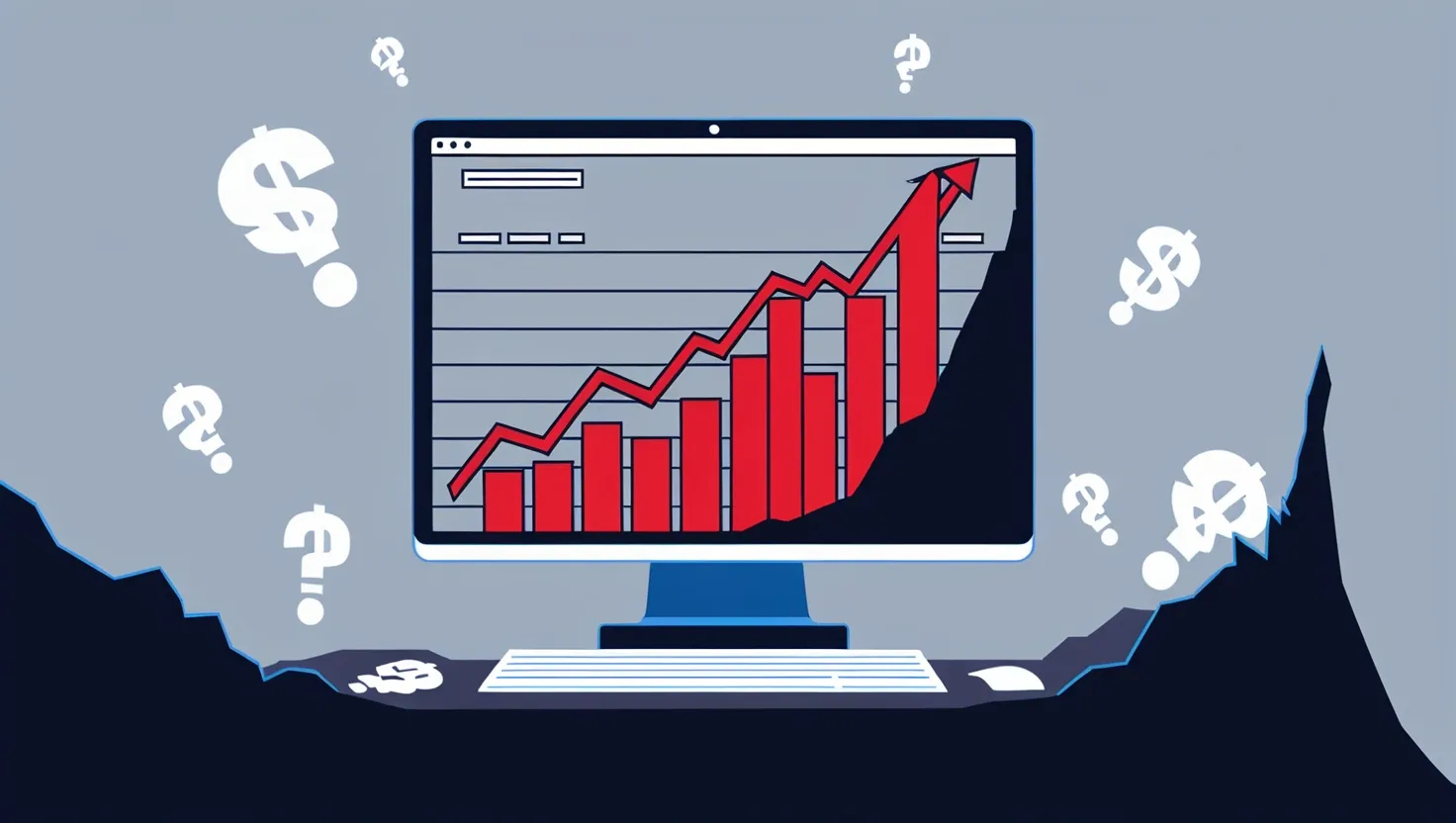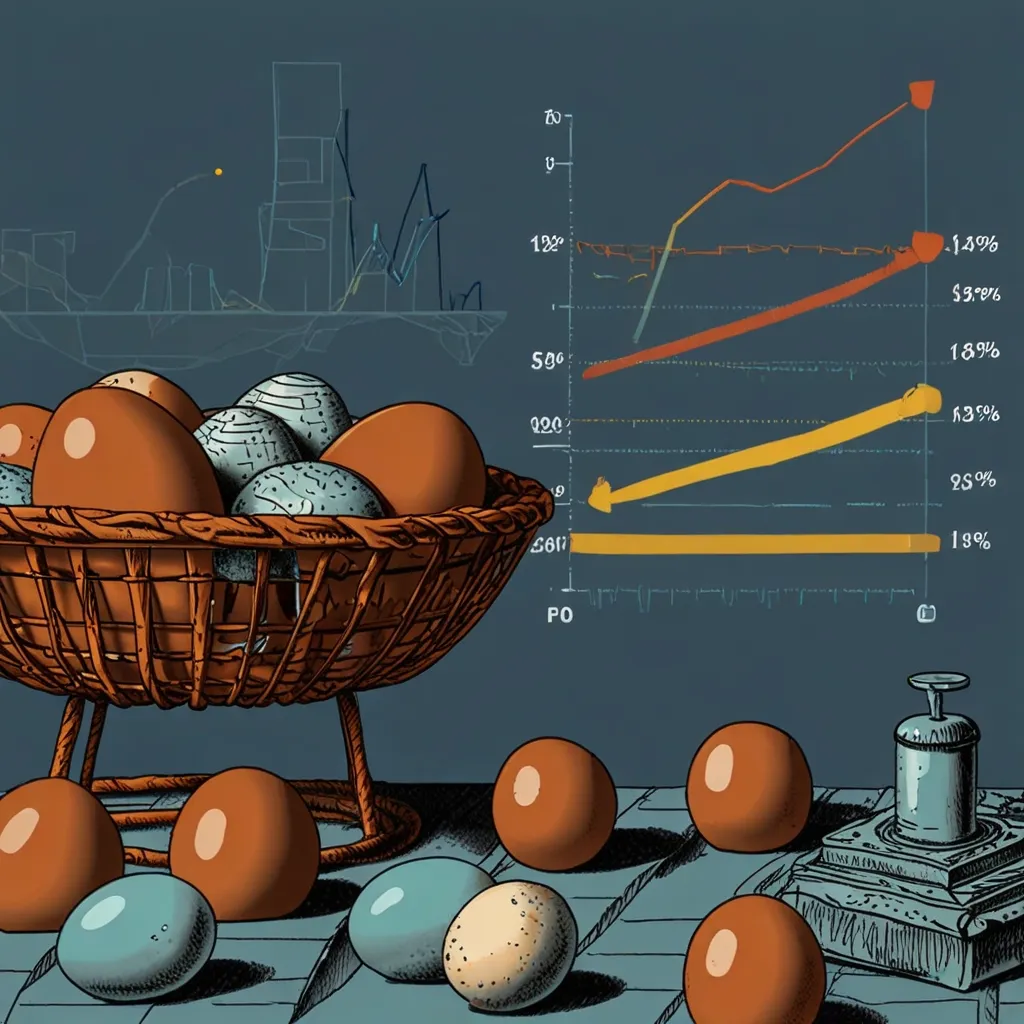I remember watching the dot-com era unfold with a mixture of fascination and bewilderment. The late 1990s felt like stepping into a science fiction novel where traditional business rules had been suspended. Companies with nothing more than a catchy domain name and a vague business plan were commanding valuations that dwarfed century-old industrial giants.
The Psychology Behind the Madness
What drove seemingly rational investors to abandon decades of established investment wisdom? The answer lies deeper than simple greed or ignorance. The internet represented something unprecedented in human history: instant global connectivity at virtually zero marginal cost. For the first time, a teenager in their garage could theoretically reach every person on Earth with a product or service.
This possibility intoxicated investors. They weren’t just buying stocks; they were purchasing tickets to what they believed would be the greatest economic transformation since the Industrial Revolution. The fear of missing out became so intense that traditional metrics like revenue and profit seemed quaint and outdated.
“The four most dangerous words in investing are: ‘This time it’s different.‘” - Sir John Templeton
Consider how venture capitalists operated during this period. Many admitted privately that they knew 90% of their investments would fail, but the potential returns from the 10% that succeeded would more than compensate for the losses. This lottery mentality spread beyond professional investors to day traders and retirement savers alike.
The Birth of New Metrics
When companies had no earnings to evaluate, Wall Street analysts created alternative measurements. “Eyeballs” became currency - the number of people viewing a website mattered more than whether they bought anything. “Page views,” “click-through rates,” and “user engagement” replaced boring old concepts like profit margins and cash flow.
I find it remarkable how quickly these metrics gained acceptance. Major investment banks published research reports seriously analyzing companies based on their “burn rate” - how quickly they spent money - rather than how efficiently they generated it. The assumption was that profitability could be delayed indefinitely as long as market share grew.
But here’s what most people miss about this era: many of these alternative metrics actually made sense, just not at the valuations being assigned. Amazon’s focus on customer acquisition over short-term profits proved prescient, but only because they eventually figured out how to monetize those relationships profitably.
The Media’s Role in Amplifying the Bubble
Financial media played a crucial part in inflating the bubble, though perhaps not intentionally. Business magazines featured young entrepreneurs on their covers, celebrating paper billionaires who had never generated a dollar of profit. Television shows dedicated entire segments to analyzing stock movements in companies that existed primarily as PowerPoint presentations[1].
What fascinates me most is how the media created its own feedback loop. Positive coverage drove stock prices higher, which generated more positive coverage, which attracted more investors. Companies began timing their announcements to coincide with peak media attention, often with little substance behind the fanfare.
Did you ever wonder why so many dot-com companies chose such quirky names? Pets.com, Boo.com, and eToys.com weren’t just trying to be memorable - they were fighting for attention in an increasingly crowded media landscape. A catchy name could generate millions in free publicity through news coverage and word-of-mouth marketing.
The Federal Reserve’s Unintended Consequences
The collapse of Long-Term Capital Management in 1998 prompted the Federal Reserve to cut interest rates dramatically. This decision, while necessary to prevent a broader financial crisis, had an unintended side effect: it made money incredibly cheap to borrow[4]. When capital costs nothing, even the most speculative investments can appear attractive.
“The market can remain irrational longer than you can remain solvent.” - John Maynard Keynes
Low interest rates also changed how investors calculated risk. Treasury bonds yielding 3% suddenly looked boring compared to internet stocks promising 30% monthly returns. Pension funds and insurance companies, traditionally conservative investors, began allocating increasing portions of their portfolios to technology stocks.
This monetary policy created what economists call “moral hazard” - when the cost of failure is reduced, people take bigger risks. Entrepreneurs knew that if their first startup failed, cheap money would be available for their next venture. This environment encouraged experimentation but also speculation.
The Human Stories Behind the Statistics
Numbers tell only part of the dot-com story. I’m struck by the human drama that played out during this period. Brilliant engineers left stable jobs at established companies to join startups offering stock options instead of competitive salaries. Many believed they were just months away from retirement-level wealth.
The culture of Silicon Valley during this era resembled a gold rush more than a traditional business environment. Office parties featured expensive champagne and elaborate entertainment. Companies competed to offer the most outrageous employee perks, from on-site massage therapists to gourmet cafeterias. The assumption was that going public would provide unlimited funding for these extravagances.
But what happened to the thousands of employees who joined these companies near the peak? Most saw their stock options become worthless overnight. Many had turned down higher-paying jobs at traditional companies, lured by the promise of equity riches that never materialized[2][3].
The Crash and Its Immediate Aftermath
March 10, 2000, marked the beginning of the end. The NASDAQ Composite reached its peak of 5,048 points before beginning a devastating decline that would eventually erase 78% of its value[2]. What triggered this sudden reversal?
Interestingly, there was no single catastrophic event. Instead, a confluence of factors created a perfect storm. Interest rates began rising as the Federal Reserve grew concerned about inflation. Several high-profile dot-com companies announced larger-than-expected losses. Most importantly, investors began questioning whether internet companies would ever generate the profits needed to justify their valuations.
The crash played out in slow motion over two and a half years. Each quarter brought new announcements of bankruptcies, layoffs, and business model failures. Companies that had been household names six months earlier simply disappeared. The psychological impact was devastating - an entire generation of investors learned that markets could move down just as dramatically as they moved up.
Survivors and Their Strategies
Not every internet company failed during the crash. Amazon, eBay, and Google emerged stronger, but their survival wasn’t guaranteed. What separated winners from losers during this period?
The survivors shared several characteristics that seem obvious in hindsight but were revolutionary at the time. They focused obsessively on customer satisfaction rather than just acquisition. They built scalable business models that could grow efficiently. Most importantly, they maintained enough cash reserves to survive extended periods without access to capital markets[2][3].
Amazon’s Jeff Bezos famously told investors to expect losses for years while the company built infrastructure and customer loyalty. This patience seemed foolish during the boom years when competitors were promising immediate profitability. But when the crash came, Amazon’s conservative financial management allowed it to continue operating while competitors ran out of money.
Lessons for Modern Investors
Have you noticed how similar patterns emerge in every asset bubble? The dot-com era offers timeless lessons about market psychology and investment discipline. First, beware of new metrics that replace fundamental analysis. Whether it’s “eyeballs” in 2000 or “active users” today, these measurements often distract from basic questions about profitability and sustainability.
Second, remember that technological innovation doesn’t automatically translate to investment returns. The internet revolutionized commerce and communication, but most internet companies still failed. Great technology and great investments are different categories that occasionally overlap.
Third, pay attention to the source of funding driving valuations. When everyone from pension funds to day traders is chasing the same investments, prices often become detached from underlying value. Broad participation can signal opportunity, but it can also indicate dangerous speculation.
The Broader Economic Impact
The dot-com crash wasn’t contained to technology stocks. The broader economy entered recession in March 2001, just one year after the market peak. Unemployment rose from 3.9% to 6.3% as companies across all industries tightened spending[4]. Consumer confidence plummeted as people watched their retirement accounts shrink.
This period demonstrated how financial markets and the real economy are interconnected. When paper wealth disappears, people reduce spending on everything from cars to restaurants. The psychological impact of losing money often outweighs the mathematical impact, creating downward spirals that can last for years.
Regulatory and Cultural Changes
The dot-com era prompted significant changes in how markets operate and how companies are evaluated. The Sarbanes-Oxley Act of 2002 increased corporate disclosure requirements and executive accountability. Investment banks faced scrutiny for their role in promoting questionable companies to retail investors.
Perhaps more importantly, a cultural shift occurred in how entrepreneurs and investors approach new ventures. The romanticism of the late 1990s gave way to more disciplined thinking about business models and financial sustainability. “Bootstrapping” and “lean startups” became popular concepts as entrepreneurs learned to accomplish more with less capital.
“Rule No. 1: Never lose money. Rule No. 2: Never forget rule No. 1.” - Warren Buffett
The dot-com bubble remains relevant today because human nature hasn’t changed. We still get excited about transformative technologies. We still fear missing out on the next big thing. We still sometimes let emotions override rational analysis. Understanding this history doesn’t prevent future bubbles, but it might help us recognize them earlier and position ourselves more defensively.
The most profound lesson from this era isn’t about technology or markets - it’s about humility. The smartest people in the room were often the most spectacularly wrong. Success requires balancing optimism about innovation with respect for timeless financial principles. Markets may evolve, but math remains constant.






